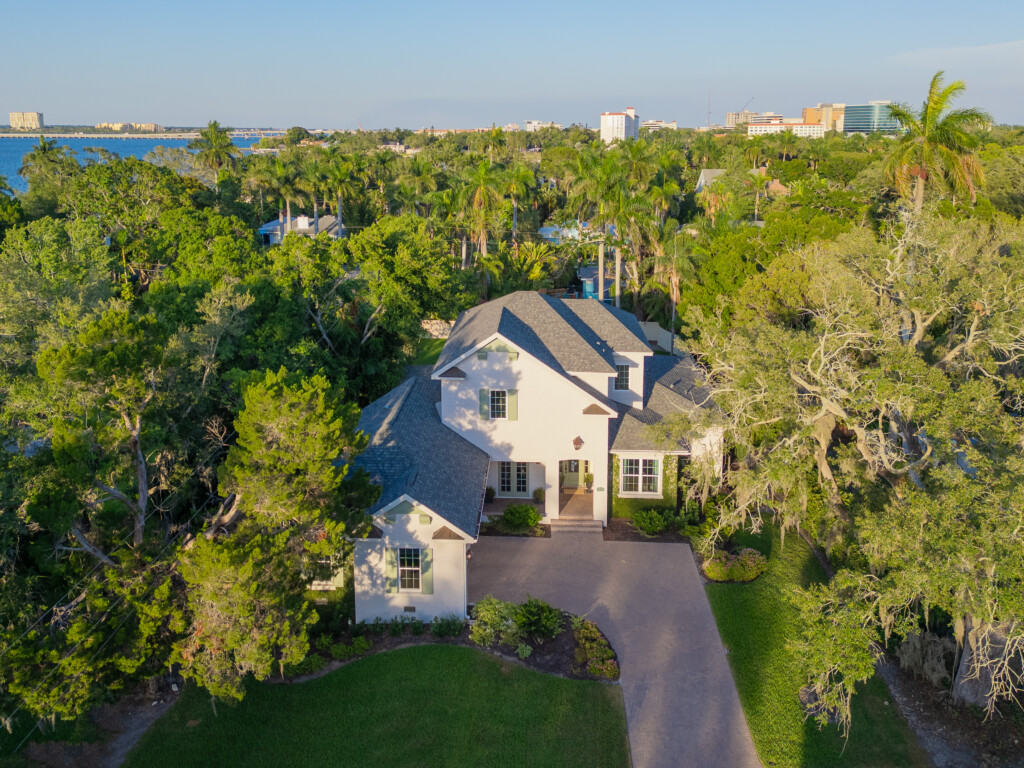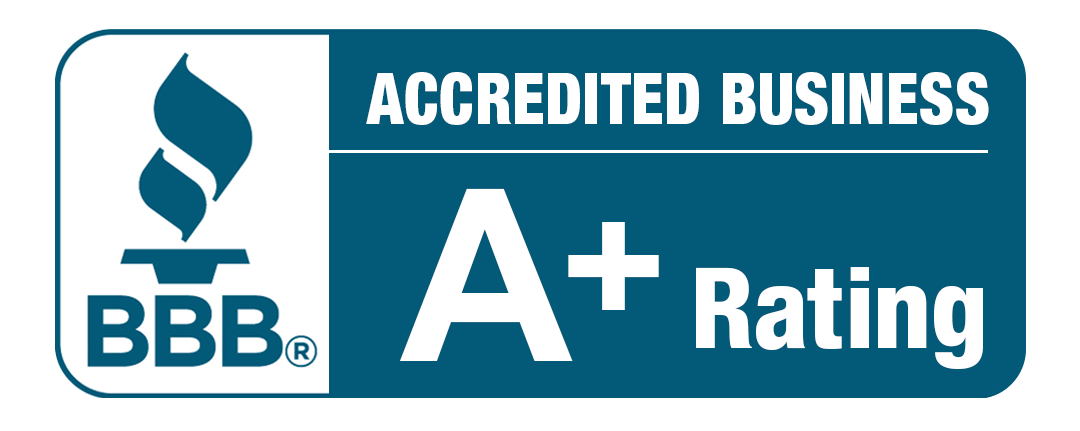Florida’s diverse geography offers diverse options for anyone looking to build a custom home — whether you’re drawn to gulf-front views or prefer the serenity of an inland setting. But choosing between a coastal and inland location is about more than just scenery; it’s a decision that can significantly impact your lifestyle, budget, home design, and long-term value.

If you are considering a new Florida custom home, here are the key considerations to help you decide.
Coastal vs. Inland Lifestyle
Coastal Living: If your dream home includes waking up to the sound of waves and beach access within walking distance, coastal living delivers. It’s ideal for outdoor enthusiasts who enjoy boating, fishing, and water sports. Coastal communities also often offer vibrant dining, shopping, and tourism-based entertainment options.
Inland Living: Inland areas provide more space, quieter surroundings, and often a stronger sense of local community. These homes are typically closer to schools, corporate centers, and major highways— making them practical for working families or commuters. You may also find more privacy and less foot traffic than in busier coastal zones.
Cost and Land Availability
Coastal: Beachfront and waterfront lots have a premium price tag due to their high demand and limited availability. Building regulations and environmental protections can also add complexity and cost to construction. Insurance rates—especially flood and windstorm coverage—also tend to be significantly higher.
Inland: Land is generally more affordable and widely available in inland areas, giving you more options for lot size and layout. You may be able to build a larger home or add more outdoor features like a pool, garden, or detached garage for the same price as a smaller coastal build.
Coastal Environmental and Weather Risks
Coastal: Hurricanes, flooding, and saltwater corrosion are major concerns for coastal properties. Your custom home will need to be engineered for high wind resistance, and materials must be chosen to withstand salt exposure. Elevating the home and using impact-rated windows is often required by code in these zones.
Inland: While inland homes are not immune to Florida’s storms, they are generally less exposed to the most severe hurricane impacts. Flooding is still a possibility in certain low-lying areas, but risks are usually lower, resulting in reduced insurance costs and building restrictions.
Resale Value and Investment
Coastal: Coastal homes often maintain strong resale value, especially if they have water views or direct access. They are also highly desirable as vacation rentals or second homes, offering income potential. However, upkeep and maintenance costs can affect long-term ROI.
Inland: Inland homes may not offer the same immediate curb appeal as waterfront properties, but they often provide better value per square foot and can appreciate steadily in well-developed communities. They are also more versatile for year-round living, especially for families or retirees looking for stability.
Design and Construction Flexibility
Coastal:
Homeowners can expect tighter zoning laws and stricter building codes when building near the coastline. Your builder will need experience in coastal construction to navigate elevation requirements, corrosion-resistant materials, and storm-proofing features.
Inland: Inland construction usually offers more flexibility with fewer environmental constraints. You’ll have more freedom in design choices and layout, and you may be able to break ground faster due to less red tape.
Coastal or Inland? It Comes Down to Preference
Both coastal and inland Florida offer amazing opportunities for building a custom home—it all depends on your priorities. If water views and beach access are at the top of your list, coastal living is worth the investment. If you’re looking for more space and a quieter day-to-day experience, inland living could be the perfect fit.
An experienced Florida custom home builder can help you weigh the pros and cons specific to your needs and turn your vision into reality. Bruce Williams Homes has the experience and legacy you are looking for – call us today to learn more!
Florida’s diverse geography offers diverse options for anyone looking to build a custom home — whether you’re drawn to gulf-front views or prefer the serenity of an inland setting. But choosing between a coastal and inland location is about more than just scenery; it’s a decision that can significantly impact your lifestyle, budget, home design, and long-term value.

If you are considering a new Florida custom home, here are the key considerations to help you decide.
Coastal vs. Inland Lifestyle
Coastal Living: If your dream home includes waking up to the sound of waves and beach access within walking distance, coastal living delivers. It’s ideal for outdoor enthusiasts who enjoy boating, fishing, and water sports. Coastal communities also often offer vibrant dining, shopping, and tourism-based entertainment options.
Inland Living: Inland areas provide more space, quieter surroundings, and often a stronger sense of local community. These homes are typically closer to schools, corporate centers, and major highways— making them practical for working families or commuters. You may also find more privacy and less foot traffic than in busier coastal zones.
Cost and Land Availability
Coastal: Beachfront and waterfront lots have a premium price tag due to their high demand and limited availability. Building regulations and environmental protections can also add complexity and cost to construction. Insurance rates—especially flood and windstorm coverage—also tend to be significantly higher.
Inland: Land is generally more affordable and widely available in inland areas, giving you more options for lot size and layout. You may be able to build a larger home or add more outdoor features like a pool, garden, or detached garage for the same price as a smaller coastal build.
Coastal Environmental and Weather Risks
Coastal: Hurricanes, flooding, and saltwater corrosion are major concerns for coastal properties. Your custom home will need to be engineered for high wind resistance, and materials must be chosen to withstand salt exposure. Elevating the home and using impact-rated windows is often required by code in these zones.
Inland: While inland homes are not immune to Florida’s storms, they are generally less exposed to the most severe hurricane impacts. Flooding is still a possibility in certain low-lying areas, but risks are usually lower, resulting in reduced insurance costs and building restrictions.
Resale Value and Investment
Coastal: Coastal homes often maintain strong resale value, especially if they have water views or direct access. They are also highly desirable as vacation rentals or second homes, offering income potential. However, upkeep and maintenance costs can affect long-term ROI.
Inland: Inland homes may not offer the same immediate curb appeal as waterfront properties, but they often provide better value per square foot and can appreciate steadily in well-developed communities. They are also more versatile for year-round living, especially for families or retirees looking for stability.
Design and Construction Flexibility
Coastal:
Homeowners can expect tighter zoning laws and stricter building codes when building near the coastline. Your builder will need experience in coastal construction to navigate elevation requirements, corrosion-resistant materials, and storm-proofing features.
Inland: Inland construction usually offers more flexibility with fewer environmental constraints. You’ll have more freedom in design choices and layout, and you may be able to break ground faster due to less red tape.
Coastal or Inland? It Comes Down to Preference
Both coastal and inland Florida offer amazing opportunities for building a custom home—it all depends on your priorities. If water views and beach access are at the top of your list, coastal living is worth the investment. If you’re looking for more space and a quieter day-to-day experience, inland living could be the perfect fit.
An experienced Florida custom home builder can help you weigh the pros and cons specific to your needs and turn your vision into reality. Bruce Williams Homes has the experience and legacy you are looking for – call us today to learn more!






